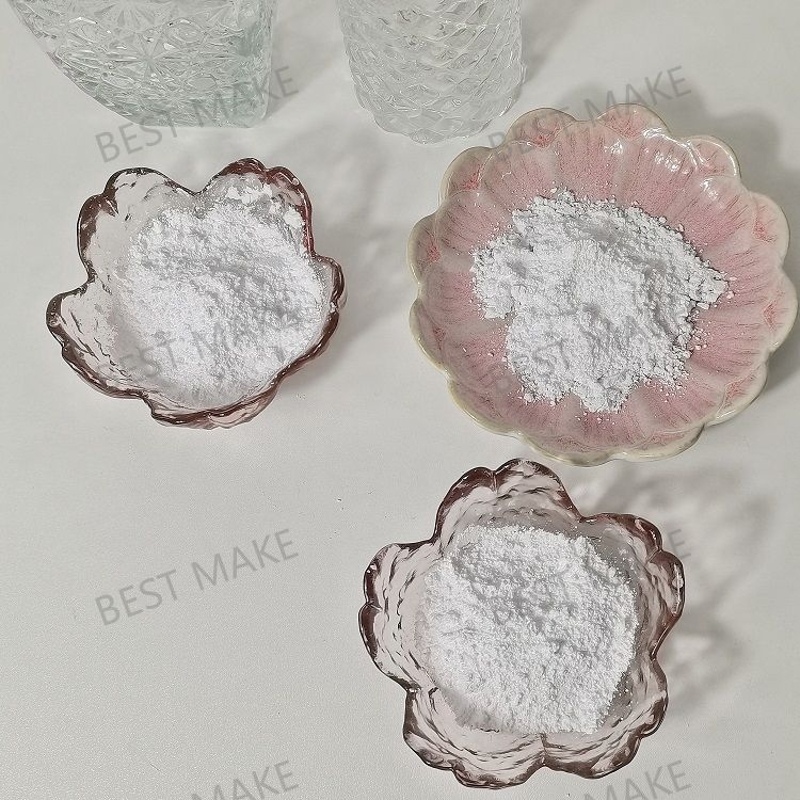-
Categories
-
Pharmaceutical Intermediates
-
Active Pharmaceutical Ingredients
-
Food Additives
- Industrial Coatings
- Agrochemicals
- Dyes and Pigments
- Surfactant
- Flavors and Fragrances
- Chemical Reagents
- Catalyst and Auxiliary
- Natural Products
- Inorganic Chemistry
-
Organic Chemistry
-
Biochemical Engineering
- Analytical Chemistry
- Cosmetic Ingredient
-
Pharmaceutical Intermediates
Promotion
ECHEMI Mall
Wholesale
Weekly Price
Exhibition
News
-
Trade Service
Cobalt and nickel complex
People's knowledge and research on Co(Ⅲ) complexes promoted the development of coordination chemistry
.
As early as 1798, it was observed that the ammonia solution of CoCl2 gradually turned brown in the air, and then turned into wine red when it was boiled.
[Co(H 2 O) 6 ] 2+ pink, [Co(NH 3 ) 6 ] 2+ and [Co(NH 3 ) 6 ] 3+ orange yellow, [Co(SCN) 4 ] 2- blue( The stability constant is small, and extraction into ether or pentanol can improve the sensitivity of color development)
.
Both Na 3 [Co(NO 2 ) 6 ] and K 3 [Co(NO 2 ) 6 ] are yellow, but the former is easily soluble in water and the latter is insoluble
Add appropriate amount of ammonia to the pink CoCl 2 solution, and the green precipitate may be the basic salt Co(OH)Cl; if the ammonia is excessive, the precipitate will dissolve into [Co(NH 2 ) 6 ] 2+ , which is slowly oxidized to [ Co(NH 3 ) 6 ] 3+
.
.
4 [of Co (NH2 .
3 ) .
6 ] 2+ + O 2 + 2H 2 O =.
4 [of Co (NH2 .
3 ) .
6 ] 3+ + 4OH -
Co 3+ has strong oxidation ability and is unstable in aqueous solution
.
However, Co(Ⅲ) complexes are generally more stable than Co(Ⅱ) complexes.
Add concentrated hydrochloric acid to the pink CoCl 2 solution, the solution turns blue; heat the not too dilute CoCl 2 solution (2mol·dm -3 or more) , the solution turns from pink to blue
.
Ammonia water is added dropwise to the green Ni 2+ solution to form a green Ni(OH) 2 precipitate first, and the excess ammonia water will give a blue [Ni(NH 3 ) 6 ] 2+ solution
.
The complex of nickel and ethylenediamine [Ni(en) 3 ] 2+ is purple
.
The green Ni(CN) 2 is insoluble in water and can be dissolved in potassium cyanide solution to obtain yellow [Ni(CN) 4 ] 2- solution; if potassium cyanide solution is excessive, [Ni(CN) 5 ] 3- red solution is finally formed
.
[Ni(CN) 4 ] 2- is a square structure, and [Ni(CN) 5 ] 3- has two structures: a triangular double cone and a quadrangular pyramid
Trivalent nickel complexes with weak ligands are unstable, such as Ks[NiF 6 ] (purple crystals) with strong oxidation ability
.
Cobalt and nickel can form a series of bi-group complexes, such as Ni(CO) 4 , Co 2 (CO) 8 , K[Co(CO) 4 ] and so on
.
Ni(CO) 4 is the earliest carboxyl complex found
Ni(CO) 4 has a tetrahedral structure; two structures of Co 2 (CO) 8 have been measured (Figure 16-8)
Related links: iron complexes







